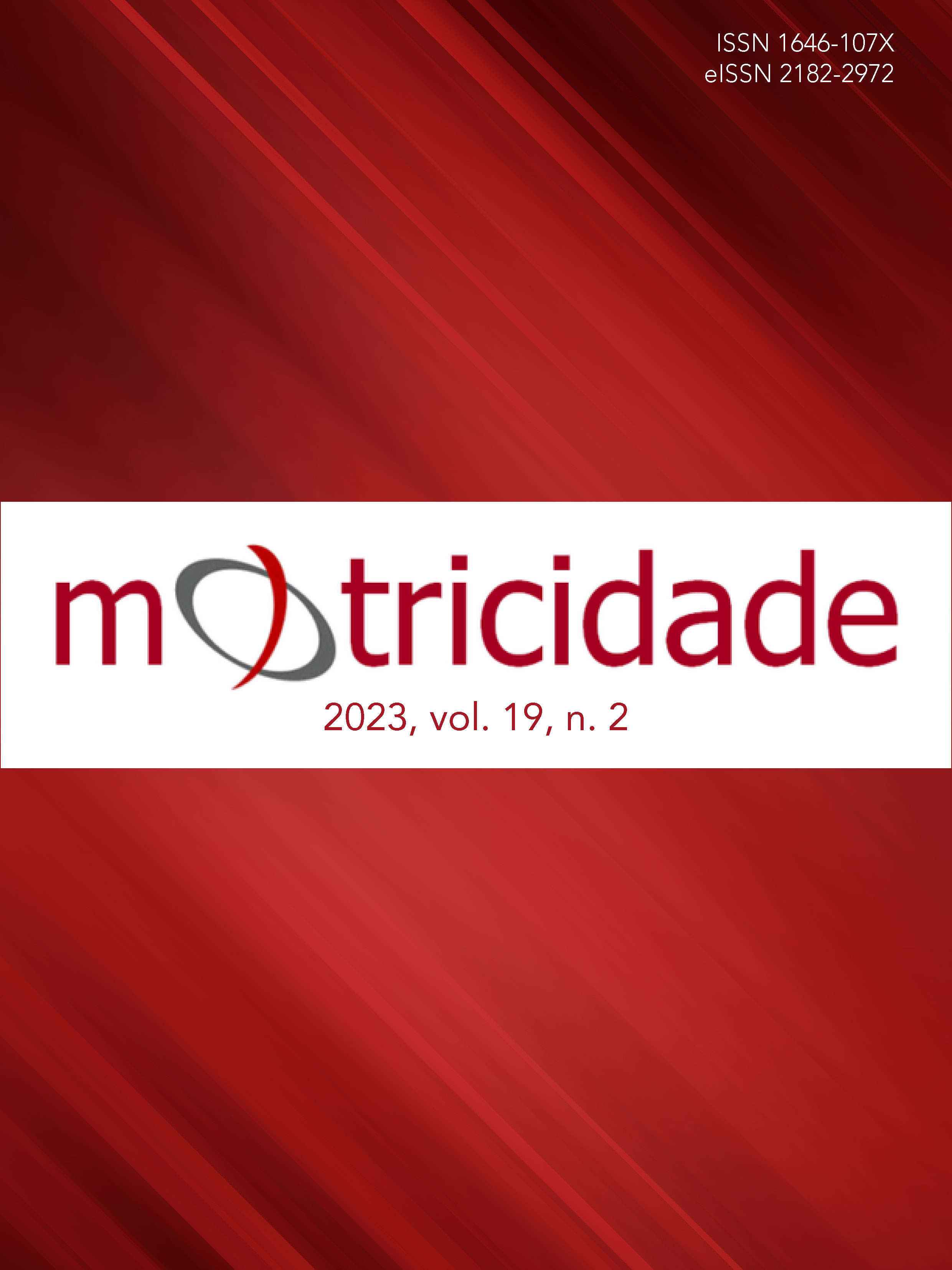The association of the step duration in an incremental protocol in the rower ergometer and the maximal lactate steady state intensity
DOI:
https://doi.org/10.6063/motricidade.27686Keywords:
Anaerobic threshold, MLSS, steptest, Concept2 rowingAbstract
This study aims to analyse which are better step duration related to the maximum lactate steady-state test (MLSS) intensity and the intensity equivalent to the accumulation of 4mmol/L lactate (AnT4) determined through an incremental protocol using a rowing ergometer, using different steps durations (step3min, step5min, step7min). Ten elite Portuguese rowers (25.1 ± 4.82 years; 177.5 ± 5.50 cm; 69.8 ± 2.74 kg) performed rowing ergometer protocols to determine the maximum lactate steady state (MLSS). Subsequently, incremental tests were realised to determine AnT4, using different step durations (step3min, step5min, step7min). The results showed a strong correlation between MLSS and AnT4 (r>0.90; p<0.001) obtained AnT different steps (step3min, step5min, step7min). However, the determined intensity equivalent to 4mmol/L obtained with different step durations that showed the highest correlation with MLSS (246.5 ± 35.20W) was verified in the protocol of 7minute steps (251.5 ± 35,72W). The present study indicates that the use of 7 minutes steps is the most appropriate for determining the AnT4 intensity related to the aerobic component of a high-performance rowing athlete.
Downloads
Published
Issue
Section
License
The authors of submitted manuscripts must transfer the full copyright to Journal Motricidade / Desafio Singular Editions. Granting copyright permission allows the publication and dissemination of the article in printed or electronic formats and copyrights start at the moment the manuscript is accepted for publication. It also allows Journal Motricidade to use and commercialize the article in terms of licensing, lending or selling its content to indexation/abstracts databases and other entities.
According to the terms of the Creative Commons licence, authors may reproduce a reasonable number of copies for personal or professional purpose but without any economic gains. SHERPA/RoMEO allows authors to post a final digital copy (post-printing version) of the article in their websites or on their institutions' scientific repository.


